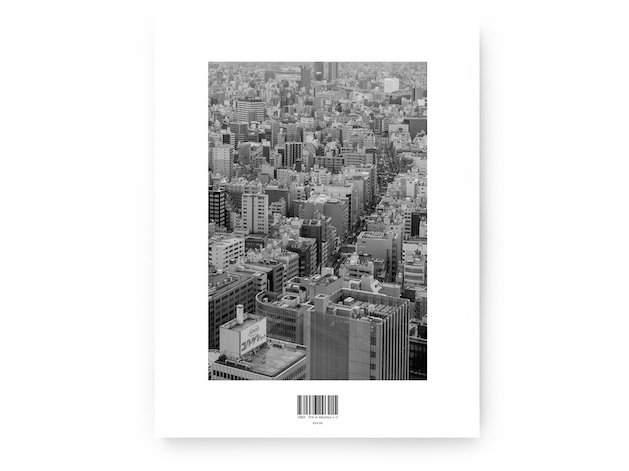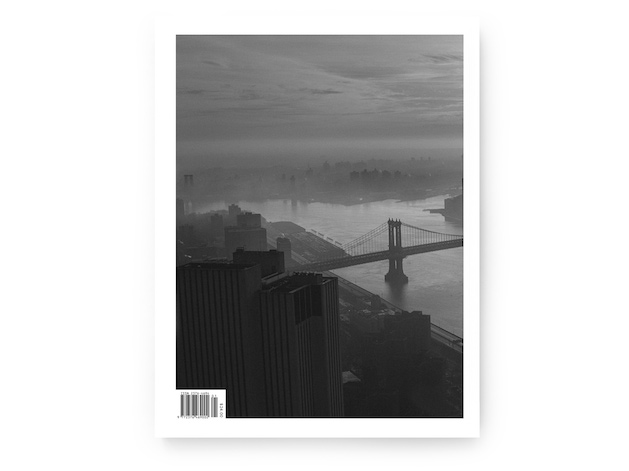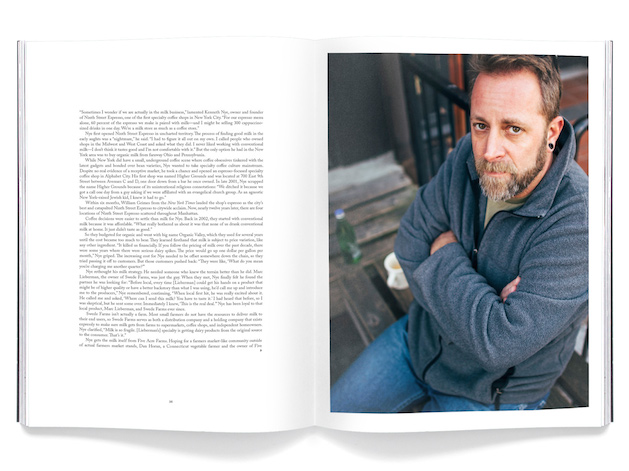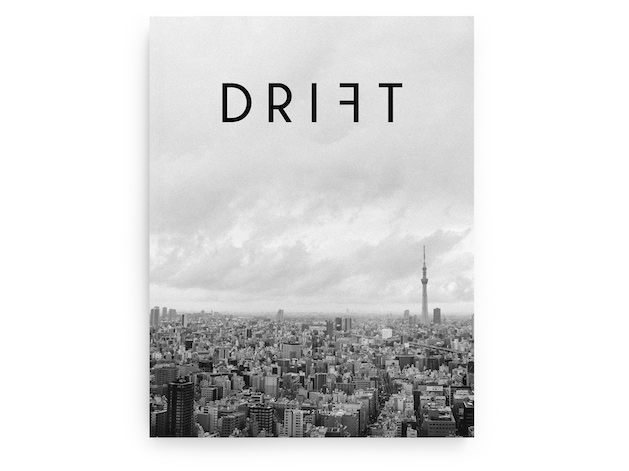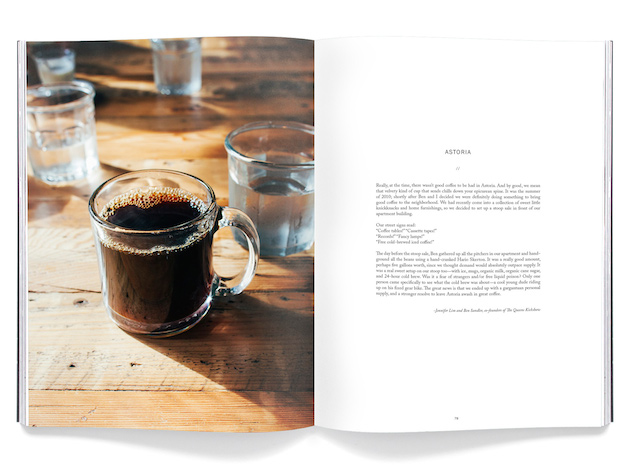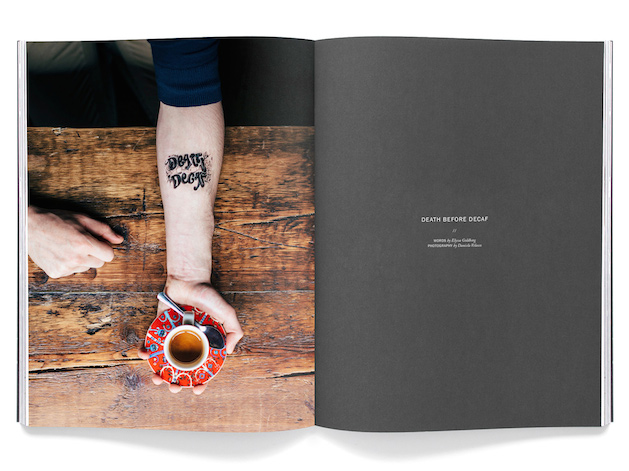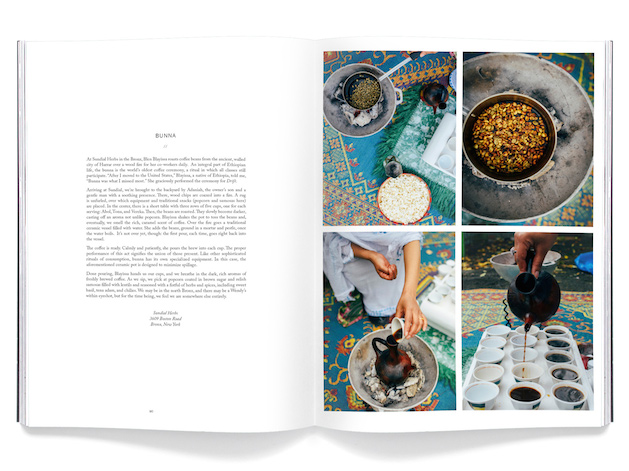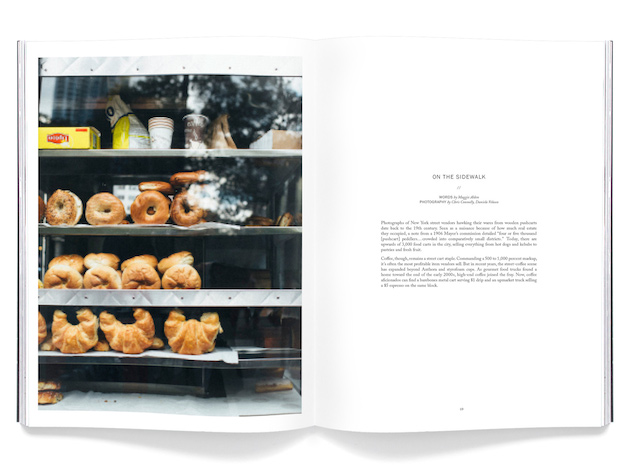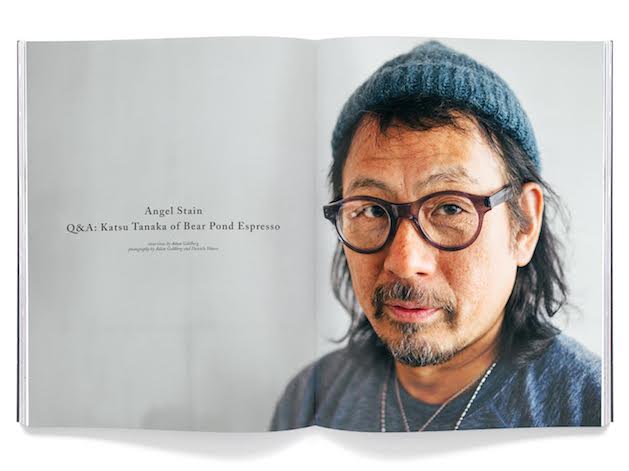
With the rise of third wave coffee, people have become passionate about coffee more than ever. Have you ever been been curious about the coffee culture in other countries? Drift magazine is a print magazine that is devoted to share coffee culture of different cities around the globe. Each issue focuses on a different city and allows us to wander through the coffee scene there. We had a chat with Elyssa Goldberg, Drift’s executive editor to find out more about their magazine.
Can you tell us about you and your magazine?
It’s about painting a complete picture of a city and the people who drink coffee in it—whether it’s stir brew from a hole-in-the-wall corner store, what you make on your stove at home, or crafted expertly at a specialty shop. That means evocative, enticing photos that make you feel like you’re there. That means really covering different slices of life and getting at what it means to inhabit that city, whether you’re a local who’s lived there for 25 years or a fresh-off-the-plane visitor who has 24 hours to burn.
We—Adam, our editor-in-chief (and my brother); Daniela, our creative director (Adam’s girlfriend); and I—started Drift for a few reasons. We all love to travel; that childhood sense of wonder you get when you’re exploring a city for the first time is unmatched. But we also realized that we approach travel the same way. We find the coffee shops we want to visit, start our mornings there, and see where the day takes us. Turns out, some of the coolest places (and people) in the hardest-to-penetrate cities are clustered around fantastic coffee shops. The second biggest thing is that we didn’t see anyone publishing a magazine the way we wanted to read one: Full-page stunning photography that lures you in, keeps you there, and doesn’t distract you (or confuse you) with advertising. Stories that aren’t fluff pieces and probably wouldn’t be published elsewhere because they’re a little out there or academic or niche or long in publications that need to trim articles in favour of more ad pages. Lastly, no one was writing about coffee the way we experienced it. We love specialty shops, but coffee isn’t about just that. It’s one of the most consumed beverages in the world after water, and, while people all over the world take their cups in different ways, it’s a way to connect with other people, start your day, and take a second for yourself. That’s what we’re after, and Volume 3, Havana, is our best representation of that to date.

And editorial wise?
I’m Drift’s executive editor, so it’s my job to find new contributors, work with them through the pitching process, hone ideas, and then edit writers through between one and four drafts before we send everything to print. Our blessing and curse is that we’re a city-focused magazine. In Volume 1: New York, we only talked about coffee in New York. For Volume 2, it was Tokyo; Volume 3, Havana. That means that if you pitched me something about the Hudson Valley or Osaka or Santiago de Cuba, it’s out of scope.
What I always tell contributors is that the guidelines are delightfully vague. Pitch me anything you’re excited about that loosely falls under these two umbrella guidelines: Is it about the city we’re highlighting? Is it about coffee? That could mean it’s a piece about zoo cafes; coffee in author Haruki Murakami’s works; a well-reported investigation into the very serious financial strife and provisions rationing in Cuba; profiles of sidewalk street vendors in New York; or personal essays about what office coffee culture is like in your city. Nothing is too weird. No one is too under-qualified a writer. If you have a good idea, you’re excited about it, and you’re willing to work with me on it, we’d be thrilled to commission it for the magazine. And Adam and Daniela would be happy to put their creative eye to work to make your story look amazing. (Sidenote: It’s still mind-boggling to me that we could all go to a place together and take pictures at the same location (me on a pretty rudimentary iPhone) and come out with such different products.) I’m constantly astounded by their taste levels, artistic vision, and aesthetic choices—always on point.

Why choose print? What kind of paper you use and why? What about typography?
Print is actually a relatively new experience for all of us: we’re all, in our work and personal lives, online people. We wanted to make the experience completely immersive, the way it feels when you read a newspaper while you’re traveling or how it feels when you go to a cafe (no laptop) on a Sunday and sit with a magazine for an extended period of time. We wanted it to read slow like a book—and provide respite from the hurried pace of social media and WiFi. The internet is so ephemeral and we wanted readers to linger with Drift—first to look at the photos, then thumb through a couple of stories, then maybe put it away, and later come back to it again and again for extended reads.

How’s the public response?
We’ve been absolutely blown away by the public response. When we first decided to publish Drift, we did a small print run. We couldn’t imagine that there anyone would want to read an entire magazine dedicated to coffee. But we sold out in three weeks. When we doubled the print run for Volume 2, Tokyo, the same thing happened. Now, we scan our hashtags (#driftmag, #driftmagazine) and find it on people’s tables in Manila, Riga, Istanbul, Sao Paolo, Oklahoma City, Brighton—you name it, Drift is being read there. We couldn’t be more grateful: It gives us a reason to keep doing what we’re doing and ongoing inspiration to make each issue better than the one that came before it.
Good print mags get a lot of love, but doesn’t always translate to sales or advertising. How are the sales? Advertising wise, do you have a traditional approach of selling an ad page or more of a brand ad approach?
We’re a 100% ad-free publication, so that hasn’t factored into our editorial process whatsoever. It may cut our margins a little closer, but we’ve sold enough magazines via terrific retailers, our ecommerce store, and subscriptions to cover printing costs. To this point, we’ve re-invested whatever money we make into increasing the print runs—we doubled our print run between Volumes one and two and then almost tripled the quantity between two and three—and paying our very, very talented contributors. We’re hoping we printed enough this time that anyone who wants to buy Volume 3: Havana is able to do so.

Upcoming projects
Stay tuned for Drift, Volume 4. It’s a pendulum swing in the exact opposite direction from Havana, and it’ll be a beautiful in-depth look at a serene city with an excellent coffee scene and tight-knit community. As you can imagine, Drift keeps us pretty busy, but we also have another publication that we launched at the end of 2015 called Ambrosia that we’re working on. It’s our chef-driven food magazine that explores a region’s food culture by way of stories and light recipes from the region’s greatest chefs. The first issue focused on the sunny shores and so-fresh-it’s-moving seafood of Baja, Mexico. We’re really excited about the second issue, which will be out in May/June on Denmark, where we look at how Copenhagen, the Danish capital, became the world’s most watched food city (and what’ll happen now that everyone’s copying that style of cooking elsewhere).
driftmag.com
instagram.com/driftmag
twitter.com/driftny
facebook.com/driftny

